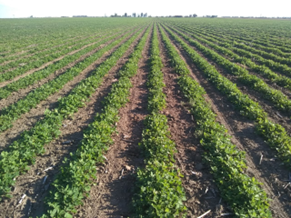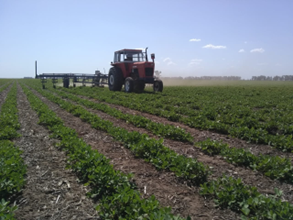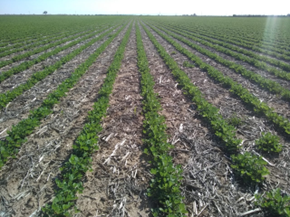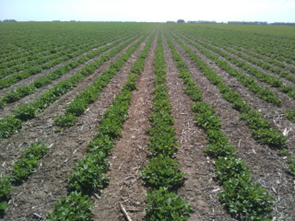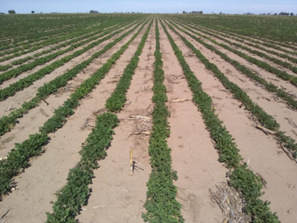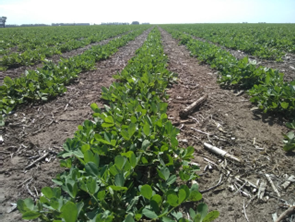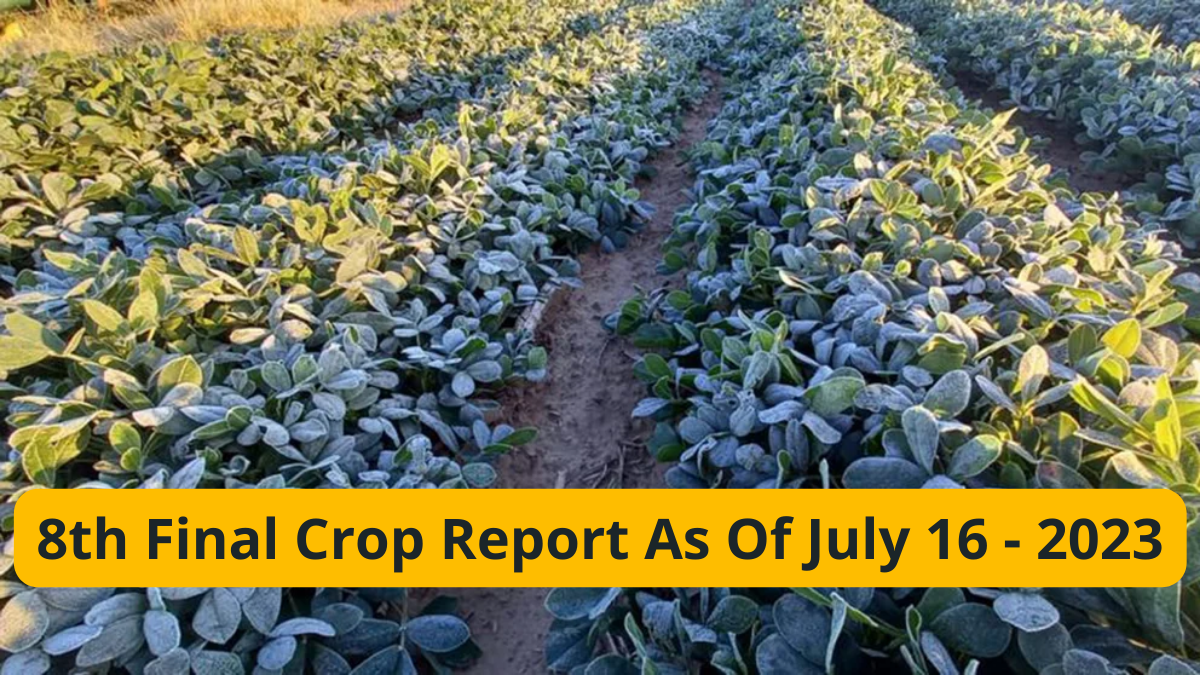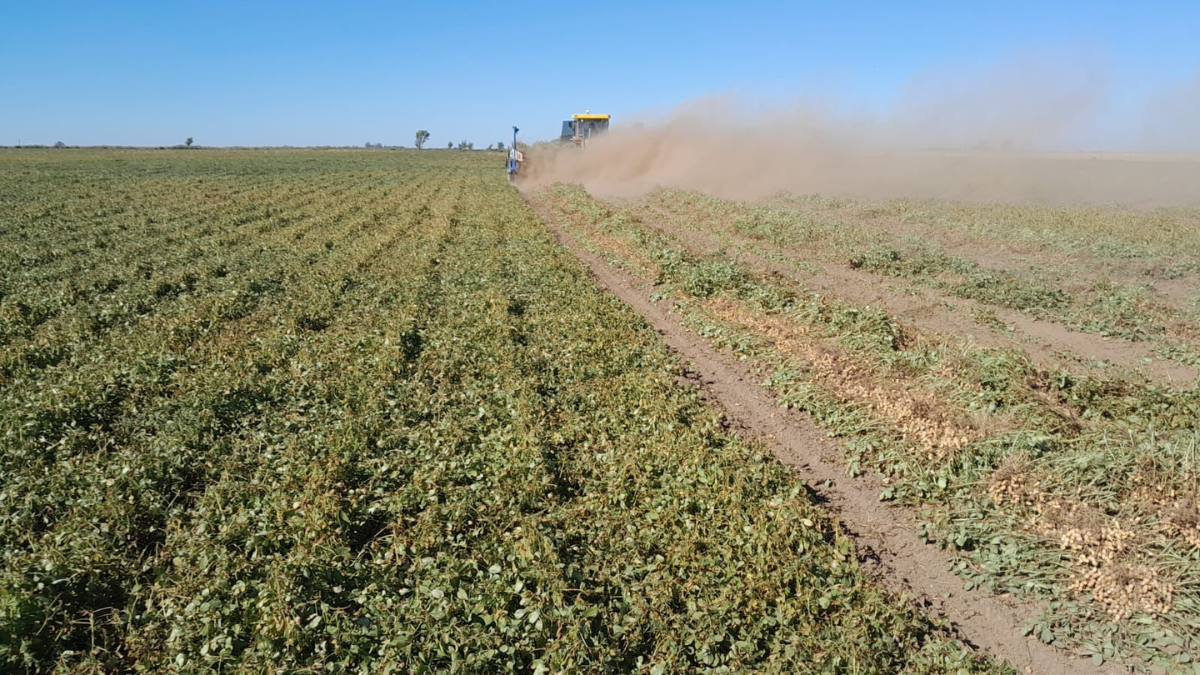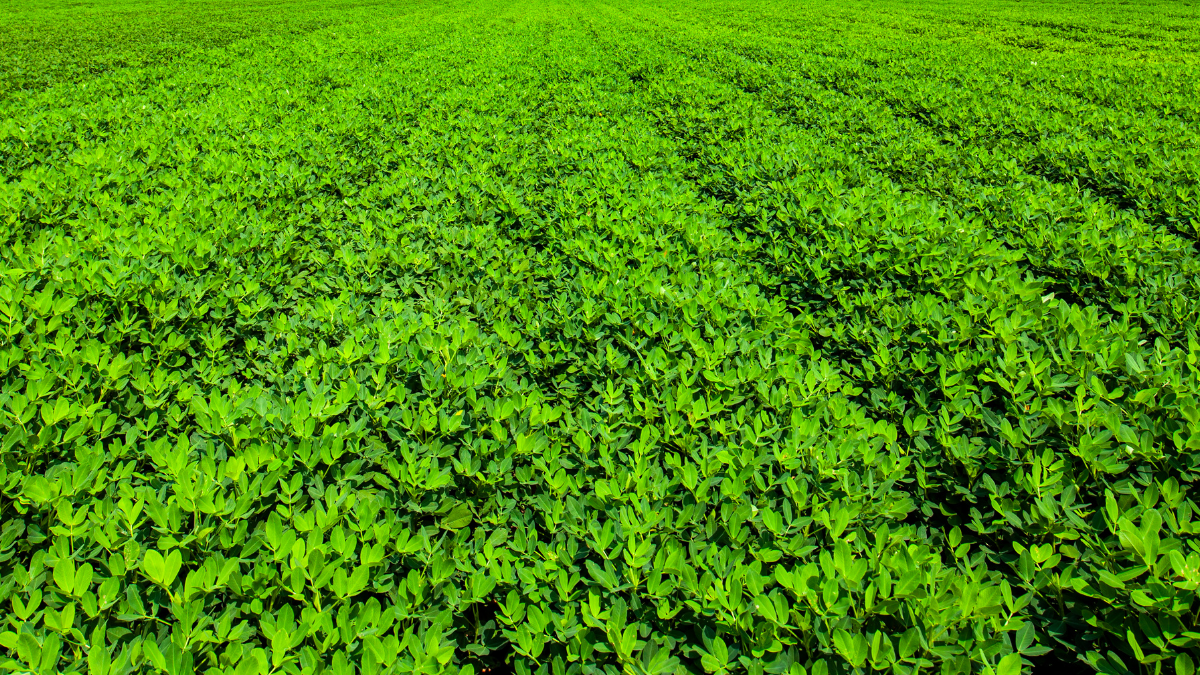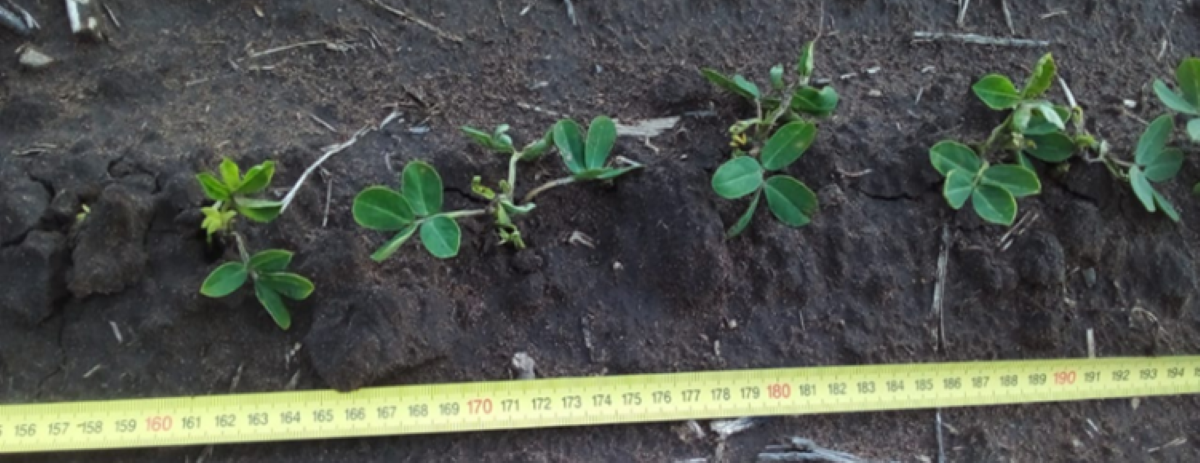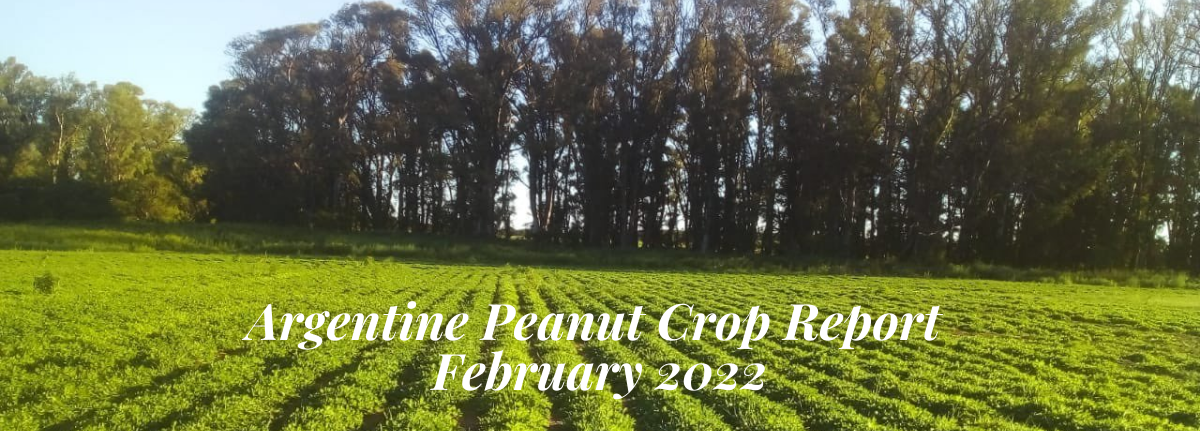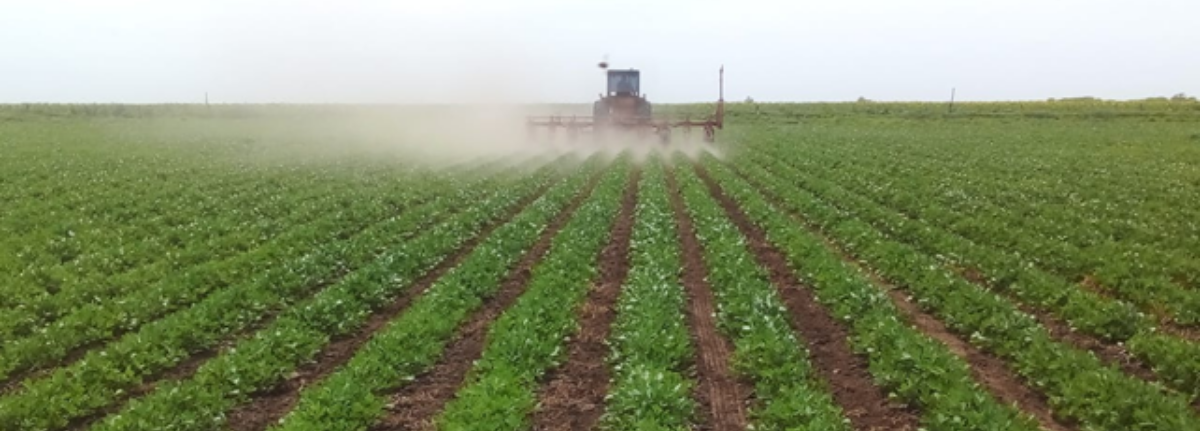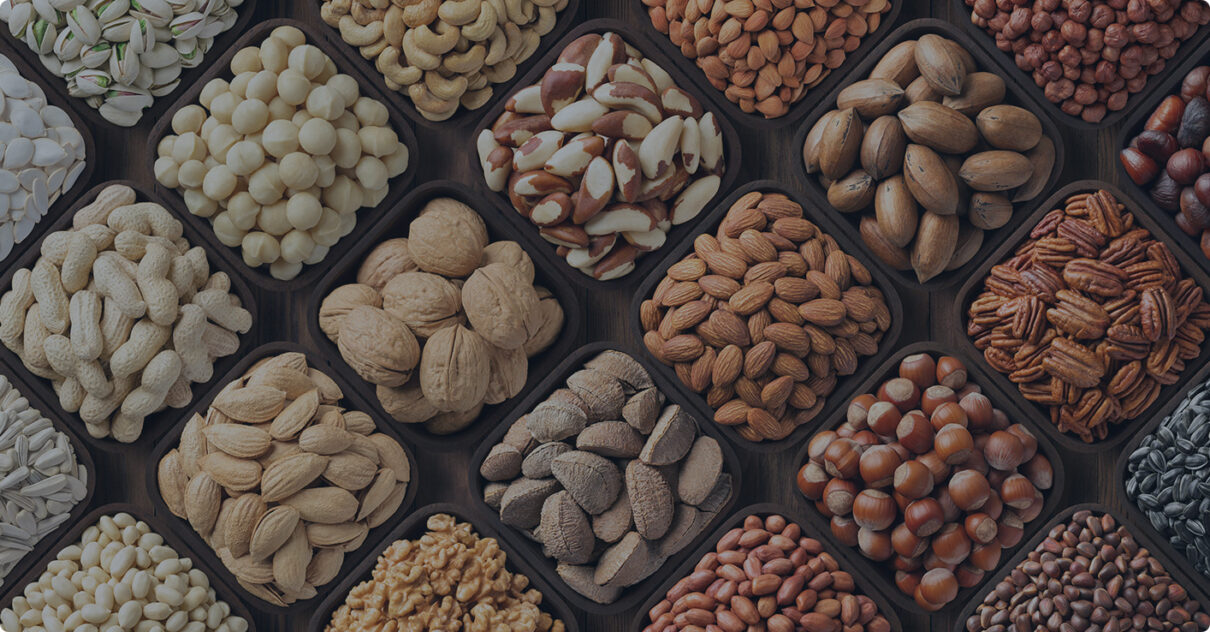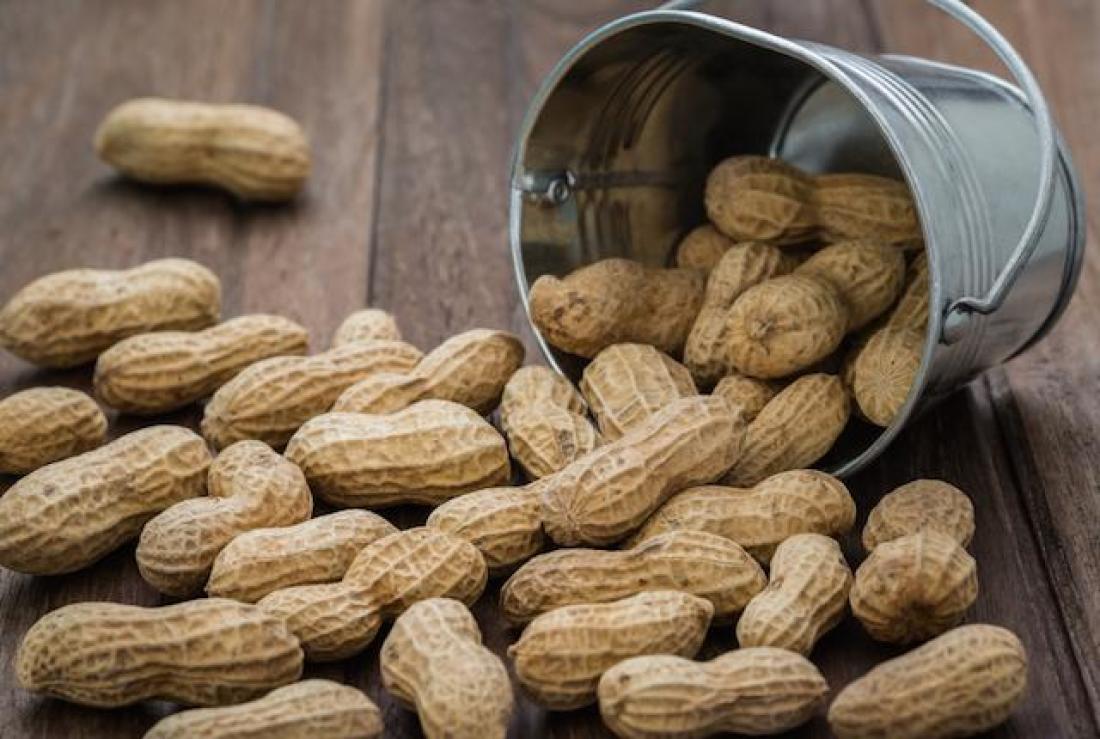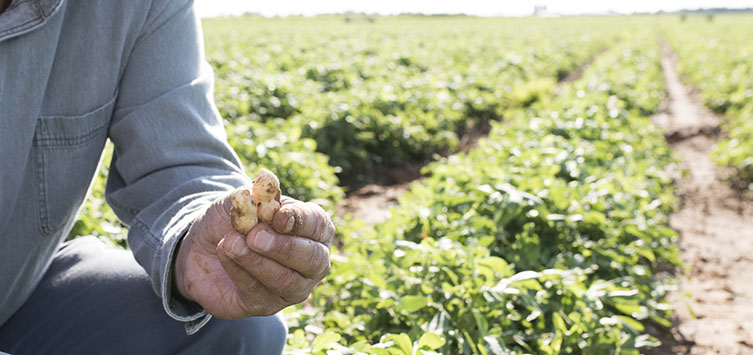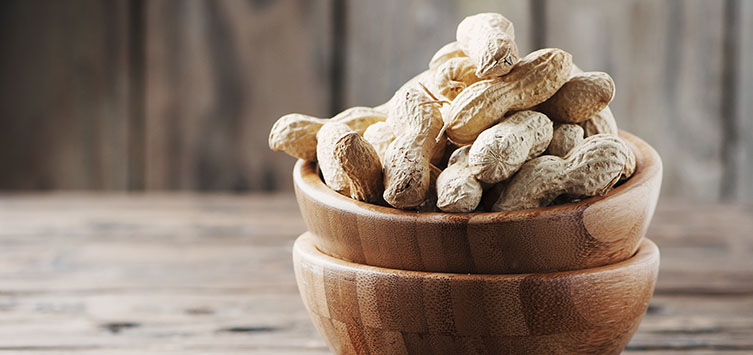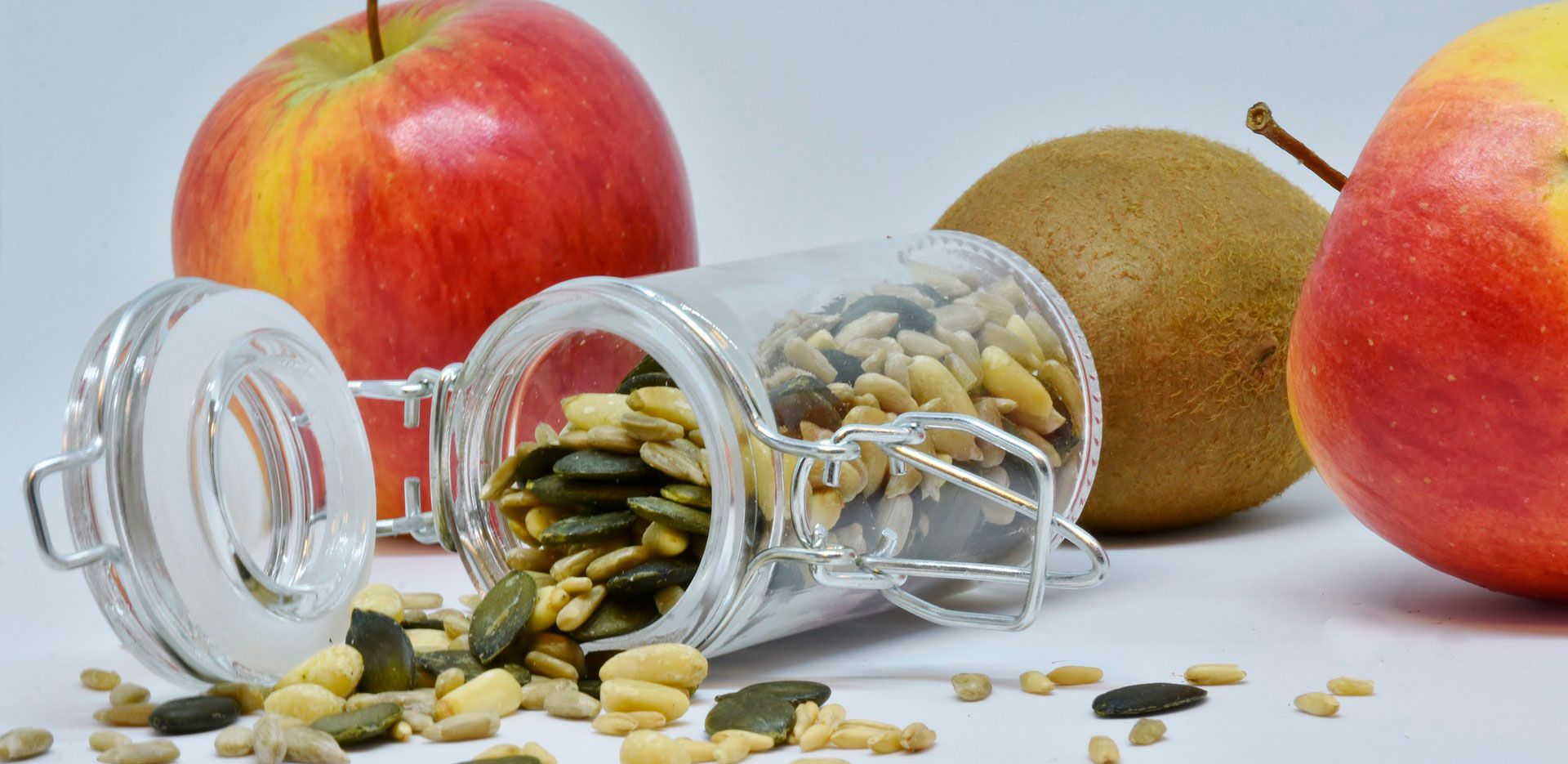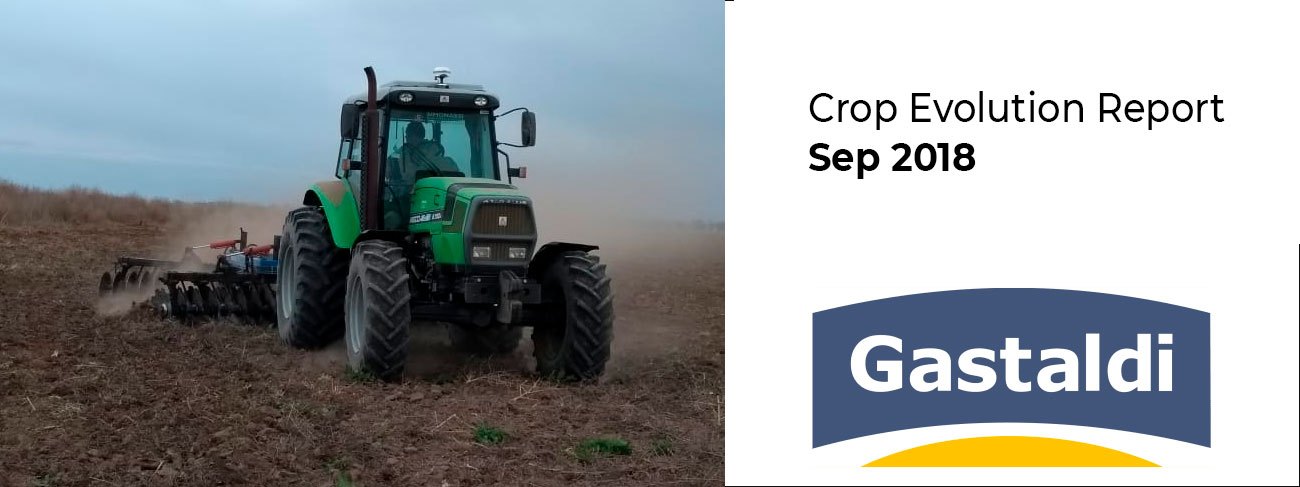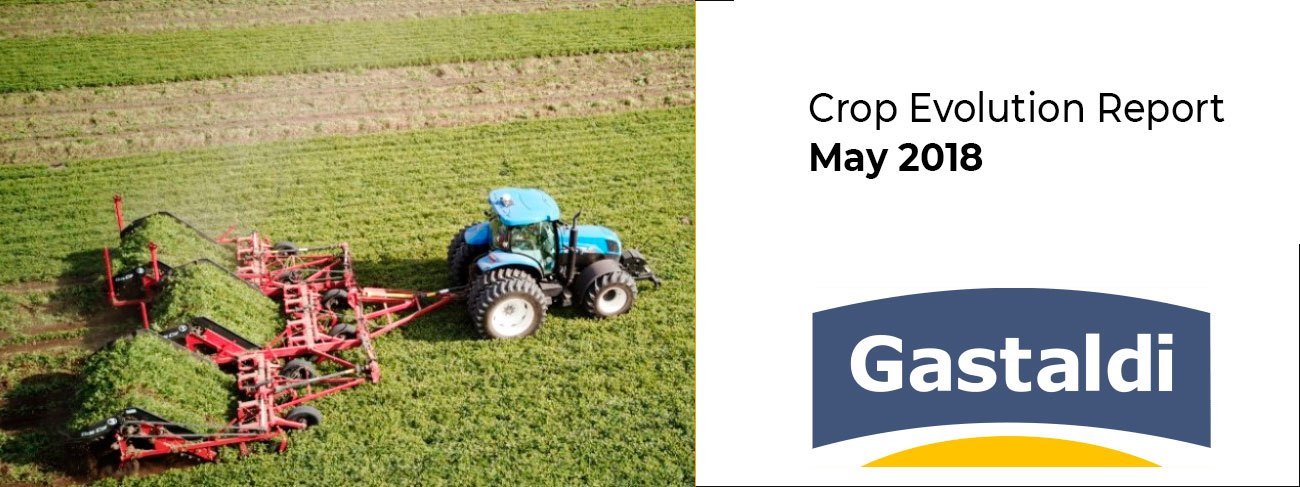
3rd Peanut Crop Report As Per January 7th. 2023
General Overview
3rd Peanut Crop Report
The climate is presenting very vertiginous and extreme changes. 2022 was a year with rainfall well below historical averages; December temperatures were extreme. Just to take a real dimension of the drought situation we are going through, in the central zone (General Deheza) the average accumulated rainfall in 2022 was 400 mm, almost 65% less than the historical average. The month of December 2022 the variation was 55% less rain than the previous year.
In general terms, the weather conditions reported in the previous edition of this report prevail: rainfall continues to be lower than expected for this time of year in most of the peanut area. As of today, the Central, Western and Northern areas are the most affected in terms of water deficit.
The last rains that appeared to say goodbye to the year 2022, on 12/31, were very timely and efficient to ensure the growth and development of peanuts, but the moisture levels in the soil are far from optimal.

Some of the most recognized extended forecast weather models predict that in February the season should go from a Nina condition to a more neutral one, bringing rains that will surely be necessary for the crop.
As of the date of the 3rd peanut crop report, we evaluated the general state of the crops as follows: 5% bad, 20% shows a regular general state, 60% is considered good to very good and 15% shows an excellent state (zone East).

The prevailing drought and extreme temperatures favored the appearance of pests such as spider mites and thrips. Preventive chemical controls are being carried out to prevent the spread of pests.
Our reference map of peanut production areas
The main peanut areas in Argentina include the provinces of Córdoba, La Pampa, San Luis and Buenos Aires.

Analysis of rainfall and temperatures
As previously mentioned, December 2022 ended with a marked water deficit in most of the peanut area. The following image shows the accumulated rainfall throughout the month in the province of Córdoba. Between the third and fourth week of December, storms were recorded over the south of our reference map, which covers the east and south of Córdoba, as well as in the provinces of La Pampa and Buenos Aires.
There is a marked water deficit in the entire province of Córdoba, La Pampa and Buenos Aires, and this is alarming because we are just a few weeks away from entering the stage of maximum water requirements for the crop; the more moisture there is in the soil, the better it will be to ensure good development.
Below is a map of rainfall during October in the province of Córdoba, which concentrates the largest area planted with peanuts in Argentina, where you can perfectly see the rainfall deficit compared to the historical average, in 17 departments of the Province:

The following table shows the evolution of rainfall in the last quarter vs. the historical average (2007-2021) and it can be seen that no department reaches its historical average.

Regarding temperatures, the records for the first half of November were normal. The minimum temperatures were around 19 ° C, while the maximum records were between 30 and 33 ° C. (Source SMN).
During the last week of December and the first week of January 2023, and we are currently going through a heat wave across the country. This episode will have the entire peanut production area on alert, since maximum temperatures of more than 42ºC are expected.

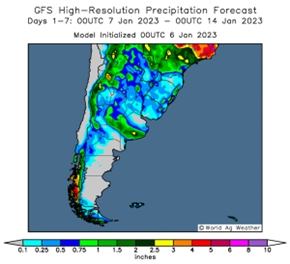
Useful water in the soil with respect to the maximum possible up to 2 m depth.

Soil profiles in dry conditions, little water extraction from plants. As mentioned before, crops only subsist on the rainfall they receive.
Available water content in Argentina as of December 6, 2022 vs. situation as of January 6, 2023
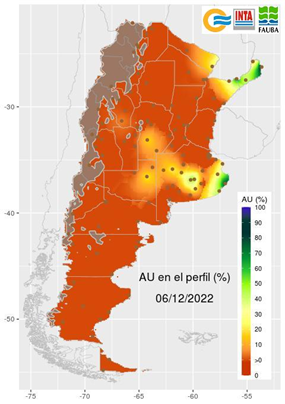
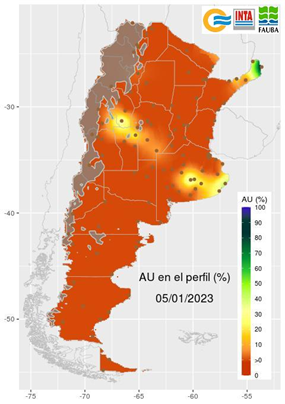
Extended forecast trends
According to ENSO, Based on data released on December 19, 2022, the International Research Institute on Climate and Society (Columbia University) consensus forecast indicates a 63% probability of neutral conditions for the January-February-quarter. March 2023 (see fig 1.).

Projected field tasks
Pre-planting and pre-emergence herbicides did not show the expected effectiveness in weed control. We deduce that, in the absence of rain, they were not adequately incorporated into the soil because they cannot effectively incorporate herbicide particles, significantly reducing the impact of agrochemicals. Weeding tasks are being carried out to eradicate weeds that escape chemical treatments.
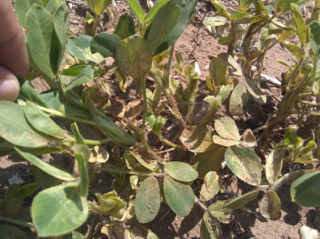
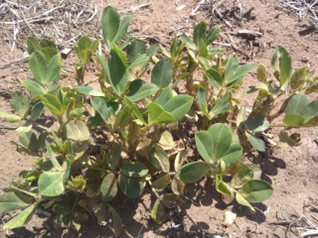
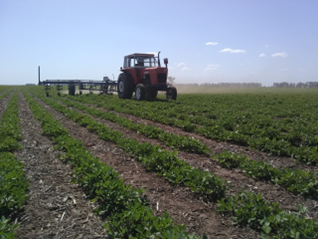
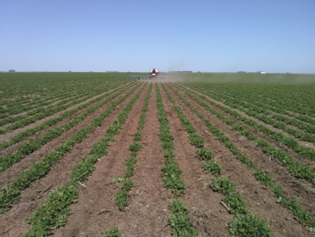
Final Appreciations
The peanut crop is in good condition today and has improved in recent weeks. The rains received at the end of December helped alleviate the water deficit. The crop could recover from those days when the growth rate of the crop was low and is now experiencing the right conditions to achieve full growth.
The flowering stage will become widespread throughout the peanut area in the coming weeks.
As of the date of this report, the most difficult situation is in the Central zone, while the East and South zones are doing comparatively better.
The rains received during December are important to increase the water reserves, but they are by no means sufficient to guarantee good development in the coming months. Therefore, it is essential that the crop continues to receive rain in the coming weeks.
The productive potential of the 2023 harvest will begin to take shape from the second half of January, so it is essential that the rains become widespread and abundant so that the crop can fill its grains and thus generate the final yield.
If we consider the extended forecast models (ENSO models), La Niña is expected to prevail until February 2023, which means that erratic precipitation is very likely to occur in all peanut areas, as is the case in a nina year, some may be abundant in some areas and very rare in others.
Peanuts are currently in advanced vegetative stages (Vn – R1). It is observed that the previously planted peanuts already have an interesting production of flowers, while, in those lots of peanuts planted later, flowering is expected to begin in the next week.

It is still too early to draw significant conclusions, but in terms of quality we will make a parenthesis, since we have to think that the first peanut dunk is affected by drought and high temperatures. This first dunk is the one that gives the best calibers (38/42) so its production and quantity would be affected. The second peanut nail is produced in February, so its production tends to generate finer sizes (40/50).
We are attentive to the medium and long-term forecasts, since La Niña is still present, causing rainfall well below crop requirements, with the condition that this year in particular the profiles are totally dry, so the plants of peanuts only sustain themselves from the occasional rains they receive.
